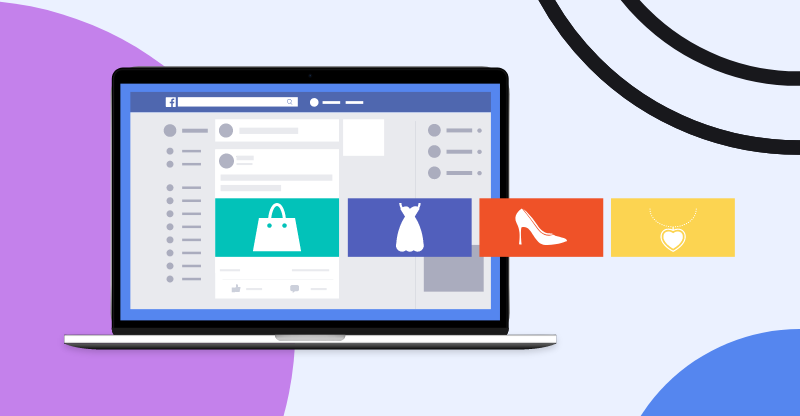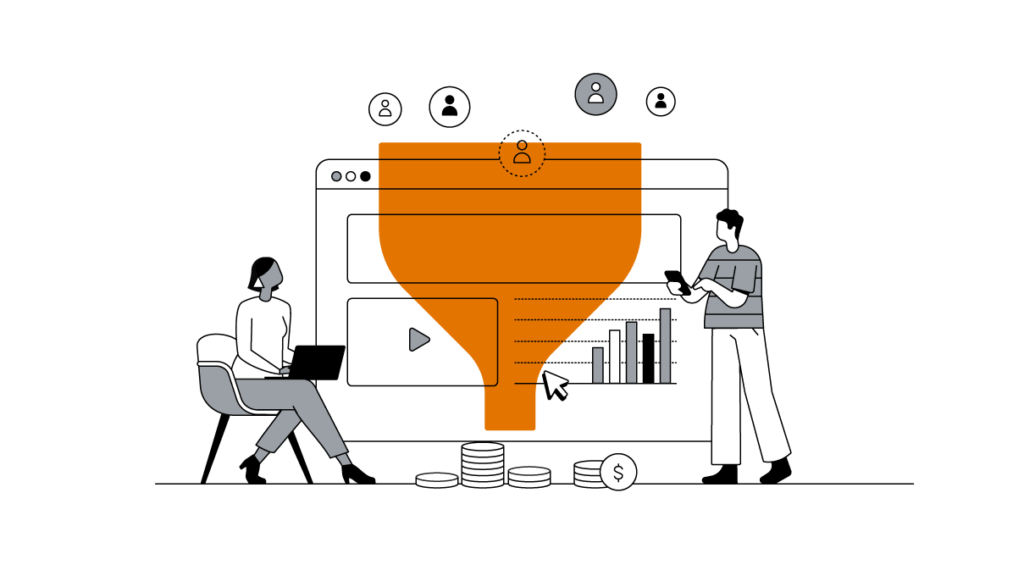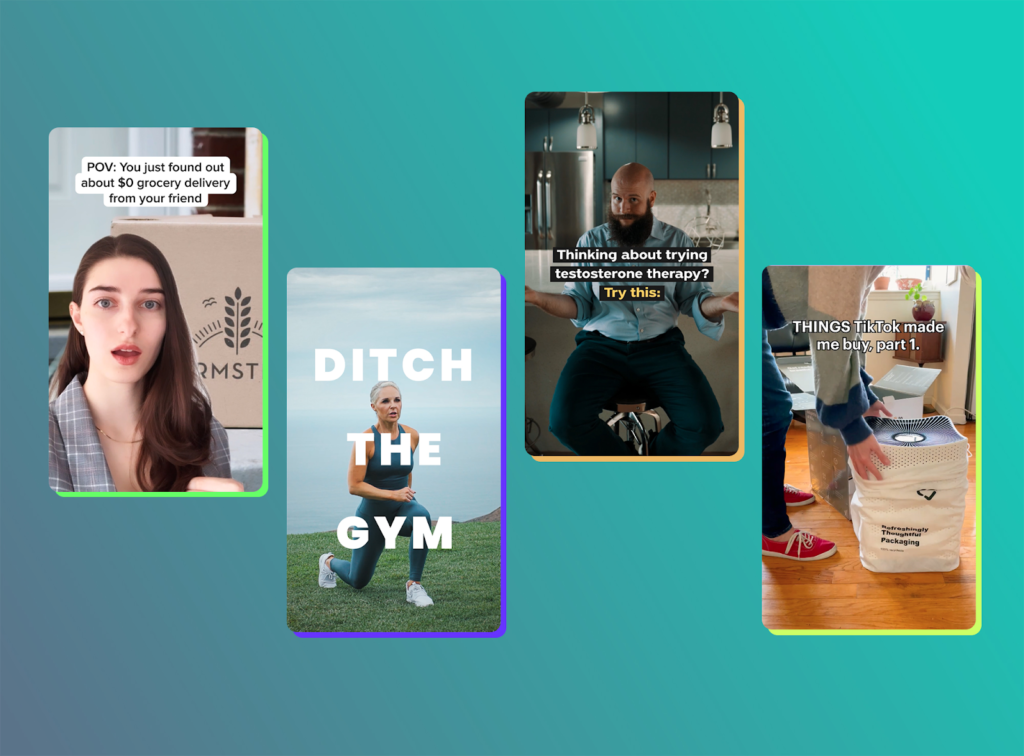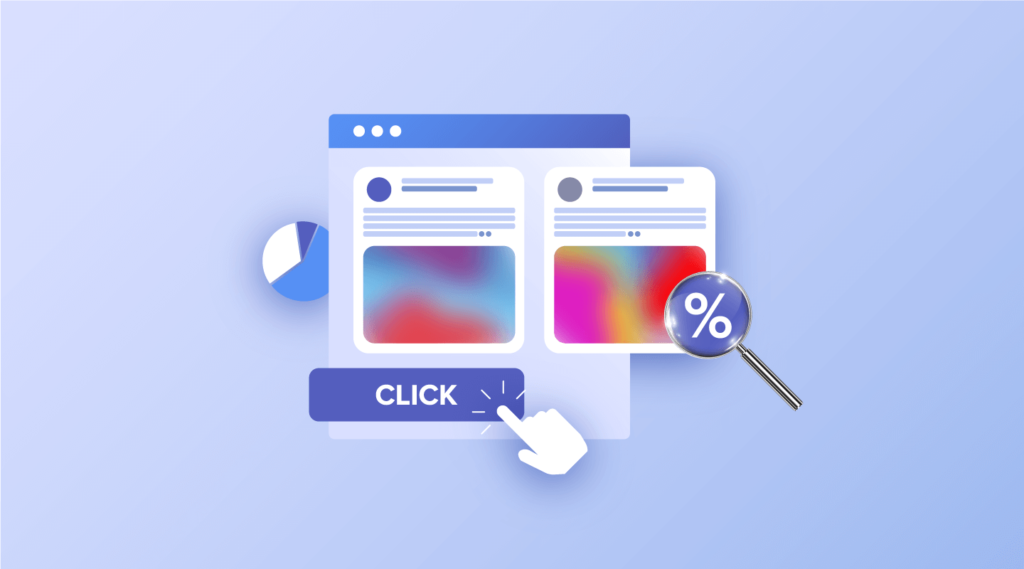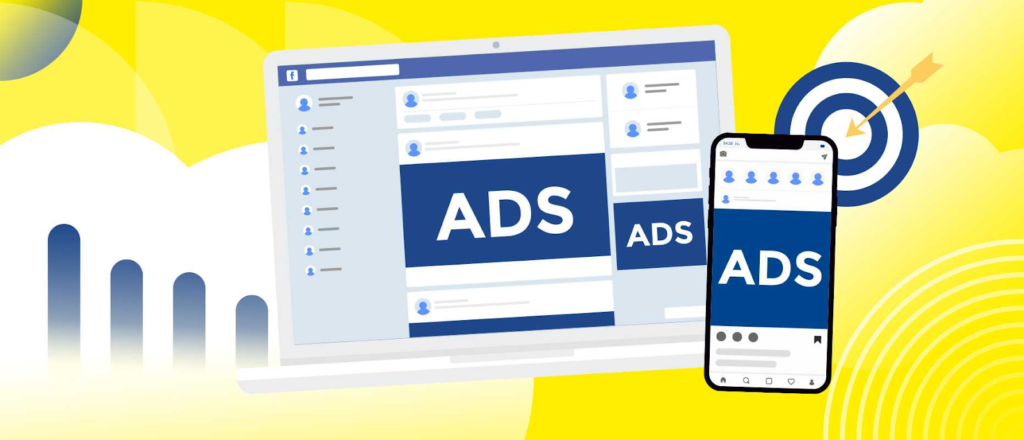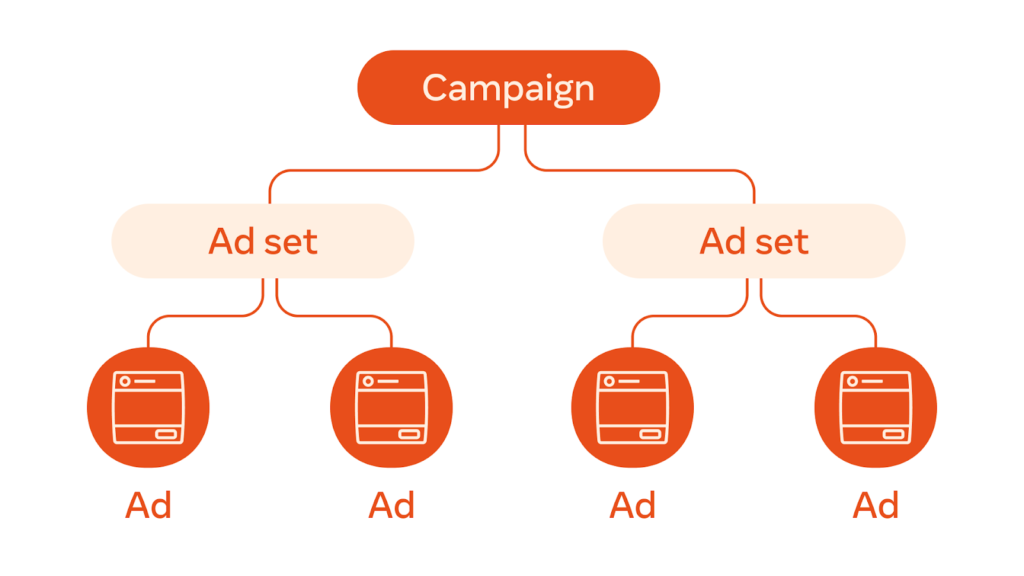6 Steps to Optimize Facebook E-commerce Ad Campaign for Better ROI in 2024
Image Credit: Google Images Facebook Ads are like a foundation for making e-commerce businesses successful, specially in today’s ever-changing world of online marketing. However, many e-commerce store owners find themselves grappling with challenges in optimizing their Facebook Ad campaigns which now also referred as Meta Ad Campaigns. As we look ahead to 2024, it’s essential to adapt and refine our strategies to ensure maximum return on investment (ROI). This blog is tailored for e-commerce entrepreneurs navigating the intricacies of Facebook Meta Ads, providing 6 practical steps to enhance campaign performance and get better ROI. Together, let’s navigate, adapt, and triumph in the world of e-commerce advertising. 1. Know Your E-commerce Audience Understand Your Customers: Facebook Ad Camoaigns in 2024 will be all about understanding your customers. When you know your customers, it is like having a road map to success. Know what they like, what they want, and how they behave. Update your buyer personas, those imaginary sketches of your typical customers, based on the latest trends and feedbacks from them. You can also follow your competitors to understand the demand flow in the e-commerce market. Use Advanced Targeting: On Facebook it’s not just about reaching people, it’s also about reaching the right people. Indulge into the advanced targeting options. Leverage demographics (like age and location), interests (what they love), and behaviors (how they act online) to laser-target your audience. So, as you navigate this digital marketplace, think of FB Meta Ads advanced targeting as your compass, guiding you to the heart of your audience amidst the bustling online crowd. It can thoroughly help you understand the dynamic mindset of your buyers. 2. Create Compelling Ad Content Make Visually Appealing Ads: Imagine your ad as a beautiful store window that makes people stop and stare. Use really good pictures and videos that catch the eye. We all know video ads are trending. Think about what makes people pause while scrolling. See where your audience spends most of their time, and put your stunning ad there. Look for places where your audience pays a lot of attention, and make your ad stand out there. Image Credit: Google Images Write Persuasive Ad Copy: Pictures might grab attention, but words seal the deal. Craft ad copy in a way that it speaks directly to your audience. Use persuasive language and create a sense of urgency. Use words that convince and create a feeling of “I need this now.” Try out different versions of your message to see what people like the most. Remember, your words are like a salesperson talking to customers. Make them convincing, and you’ll see more people interested in what you’re offering. A good ad copy can definitely fetch better & optimized results on Facebook. 3. Use Facebook Ads Features Image Credit: Google Images Use Dynamic and Interactive Ads: Dynamic product ads are your secret weapon. They show people exactly what they’re interested in. Also, think beyond static – add polls or quizzes to make your ads a two-way conversation. Engagement equals interest. Hence, Engaging your potential customers must be your goal. Remember, the more engaged your potential customers are, the more likely they’ll be interested in what you’re offering. Tell Stories with Carousel and Collection Ads: Carousel and collection ads are like a visual storybook. Each image is a chapter, showcasing your products in a sequence that unfolds like a compelling narrative. It’s not just an ad; it’s an immersive experience, inviting your customers to step into a story tailored just for them. It acts as a tale that doesn’t just sell products but sparks curiosity and excitement. When you set up these ads, envision yourself as a storyteller, weaving a narrative that intrigues and compels your customers to explore further. 4. Focus on Conversions Optimize Your Landing Pages: Imagine your landing page as the welcoming entrance to your favorite store. It’s not just a page; it’s the door through which visitors step into your world. Picture it like a cozy storefront, inviting and easy to navigate. The goal here isn’t just to have people passing by; it’s about turning them into valued customers. To achieve this, design your landing page with conversions in mind. Make it crystal clear and effortlessly guide visitors on where to go and what to do next. Think of it as creating a space that feels as familiar and user-friendly as walking into your favorite store – a place where every click feels like a step toward discovering something special. Aim for a landing page that’s not just functional but feels like a warm welcome, inviting visitors to explore and become cherished customers. Image credit: Google Images A/B Testing: This is about trying out different parts of your ads – things like images, words, and who you’re showing the ads to. It’s like a trial-and-error process. By doing this, you can figure out what works best and make your strategy better based on what you find. So, for example you can try 2 different set of location for the same ad campaign with A/B testing, you can also try different interests, age groups and so on. In fact you can also try manual campaign and A/B Test it with Facebook’s advance options. It’s a way of finding the winning combination for your ads. Use Effective Call-to-Actions (CTAs): Your CTA is like a signpost. Choosing the right CTA is crucial – it’s not just a direction; it’s an invitation to an experience. Whether it’s a warm “Shop Now” beckoning them into your product world or an intriguing “Learn More” inviting them to dive deeper, your CTAs are the storytellers of your site. Picture it like creating signposts not just with arrows but with a bit of personality, urging visitors to take action. The clearer and more compelling your signposts, the more likely people are to follow them, just like a traveler lured by an intriguing path. So, craft your CTAs encouraging visitors to embark on a journey tailored to your conversion goals. 5. Manage
6 Steps to Optimize Facebook E-commerce Ad Campaign for Better ROI in 2024 Read More »

